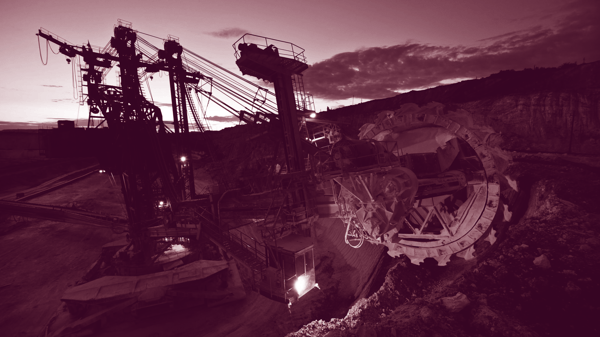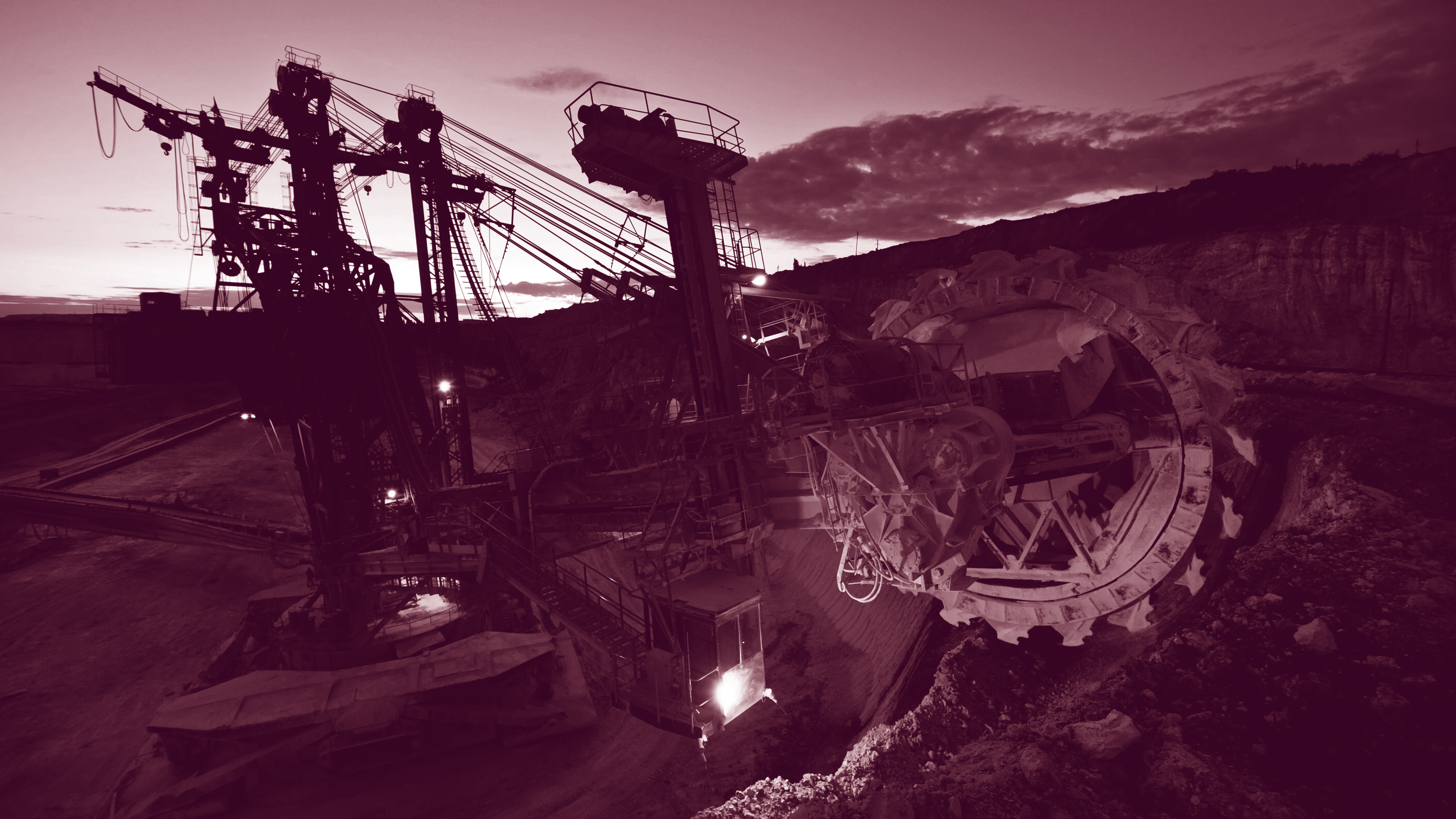Digital twins are a huge opportunity within the Industrial Revolution 4.0. Digital twins have the capacity to bring productivity and efficiency growth to the mining sector, while concurrently improving safety by eliminating various activities that put employees in hazardous environments.
The resource sector has a perpetual goal of improving processes, profitability and safety – while this could be said for most industries, the resource sector is especially focused due to increasing scarcity and competitiveness. Digital twins have gained traction in the sector by circumventing issues with other new technologies through site-wide view and simulation capability. When fuelled with data these intelligent, interactive platforms facilitate the use of data in optimising operational workflows – so, in this blog we will address what digital twins are, in a mining and minproc context, and what data requirements will feed the powerful tool.
Digital twins explained
Digital twins are virtual replicas of physical assets and asset networks including facilities, heavy equipment and support systems. Digital twins are scale 3D replicas with accurate detail of, for example, crusher materials and components, facility condition reporting, or vehicle model and location. Data that is collected can be configured for aggregate view within the environment. Much more than a 3D model, a digital twin is built on information flows and bolstered by machine learning or artificial intelligence (AI/ML).
At a structural level, mine site digital twins enable remote users to instantaneously know facility or equipment specifications, zero in on damages and see their operative impact and evaluate potential optimisations. Digital twins provide an all-encompassing virtual counterpart to live physical assets and asset networks to facilitate a level of intensive remote engagement previously not feasible.
All of this is made possible through the collection of necessary data, data to feed the digital twin.
Digital twins to visualise data
Digital twins are a virtual mechanism through which users can collect, collate, process and combine asset or asset network data. Collected data for a mining site typically includes structural and engineering detail, IoT feeds, SCADA, operations and survey detail for both above and below ground. This sophisticated view, and the usual foundation of AI/ML, enables multidimensional insights to be drawn.
Digital twins eliminate the requirement to access different data platforms and general segregation of data, to become a single source of truth in mine site operations. It facilitates more productive cooperation between teams avoiding unfortunately common debates over which is the ‘most correct’ data. A digital twin further brings teams and data sources that would not normally intersect to a single platform, with an all-inclusive view that exposes teams to aspects of operations they’d not previously considered or potentially even seen data for. End-to-end vision enables these teams to take more nuanced decisions in optimising operations.
When fed with the correct data, digital twins help managers to visualise their assets and asset works, consider changes over time and use often-included predictive capability to improve maintenance and repair operations (MRO) across asset lifecycle and portfolio.
Building blocks for a digital twin
The most important foundation of a useful and meaningful digital twin is data. The type, frequency and format of data should be the first consideration in a digital twin project or feasibility study.
Measure Australia has facilitated this foundation with provision of hyper-accurate and dense lidar point clouds, photogrammetry, thermal imaging and more. This has been captured predominantly via drone, although we’ve used fixed wing, vehicle and other methods as appropriate. Lidar provides the 3D structure, the digital twin’s skeleton, with photogrammetry adding metaphorical flesh. Programmatic data collection adds to the initial structure over time, enabling condition change analysis and – with the right platform – predictive analysis.
Measure Australia uses the Asseti data platform to consume, process and serve data and insights. Asseti is able to consume any data type and include it in both view and analysis – meaning that materials and serial numbers can be housed, while maintenance detail is potentially processed with additional photogrammetry for recommendations as actionable insights.
Measure Australia feeds Asseti, enabling more complex analysis, exception identification and robust decision making.
Conclusion
As with digital twins, conclusions are only effective when informed by the right data. Digital twins provide a platform for mine operators to combine data from sources – including programmatic Measure data collections – and make faster and more astute plans.
Digital twins will become ubiquitous in mine site operation, and feeding them accurate, timely and relevant data critical to their efficiency. With the right data sources, including survey and photogrammetric feeds, mines will gain competitive advantage.


References:
https://www.australianmining.com.au/features/securing-mines-with-digital-twin-technology/
https://au.insight.com/en_AU/content-and-resources/2020/iot-digital-twins-and-ai-in-mining.html
https://www.miningweekly.com/article/using-digital-twin-technology-to-effectively-manage-mining-assets-2020-07-16/rep_id:3650

